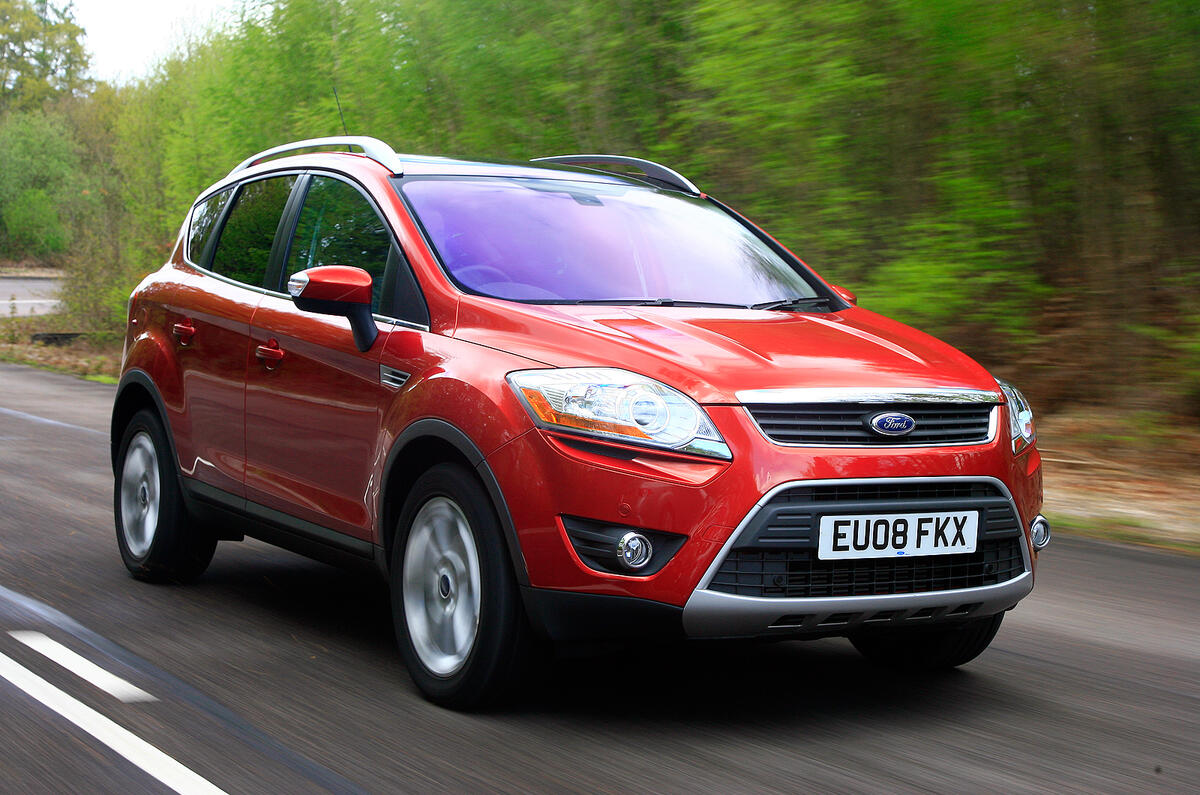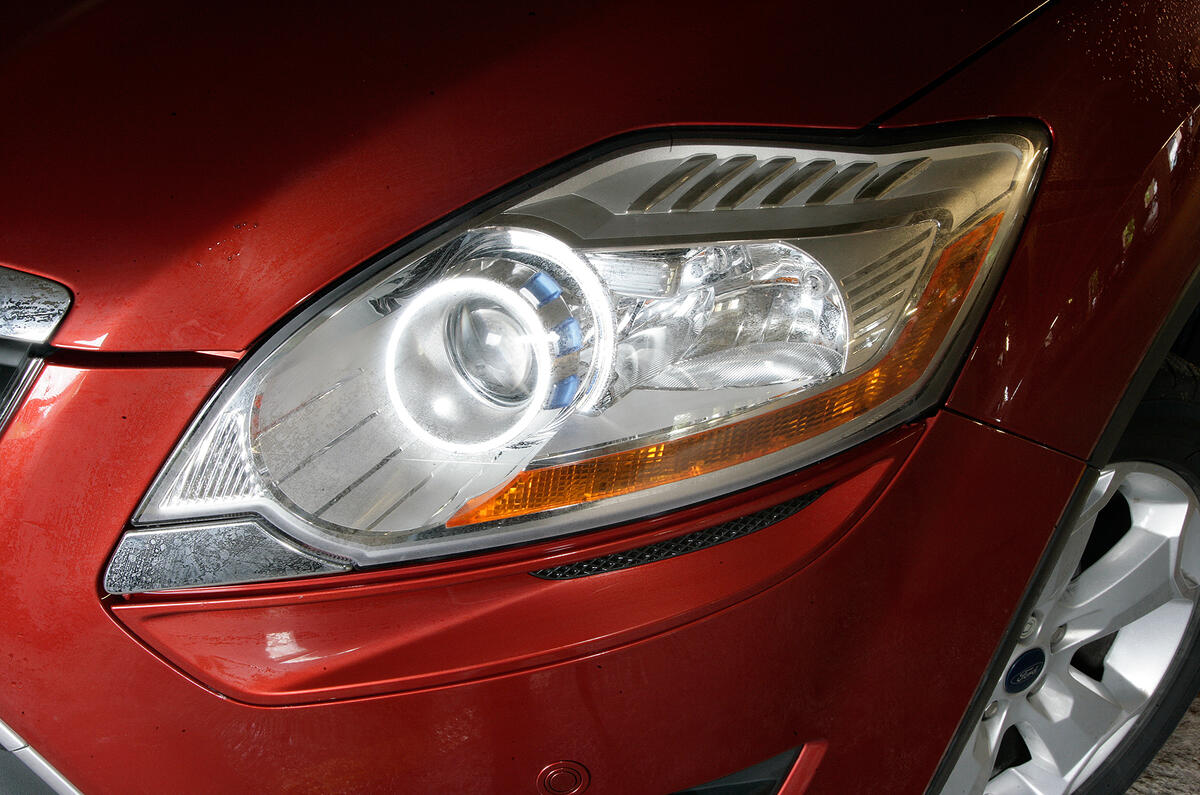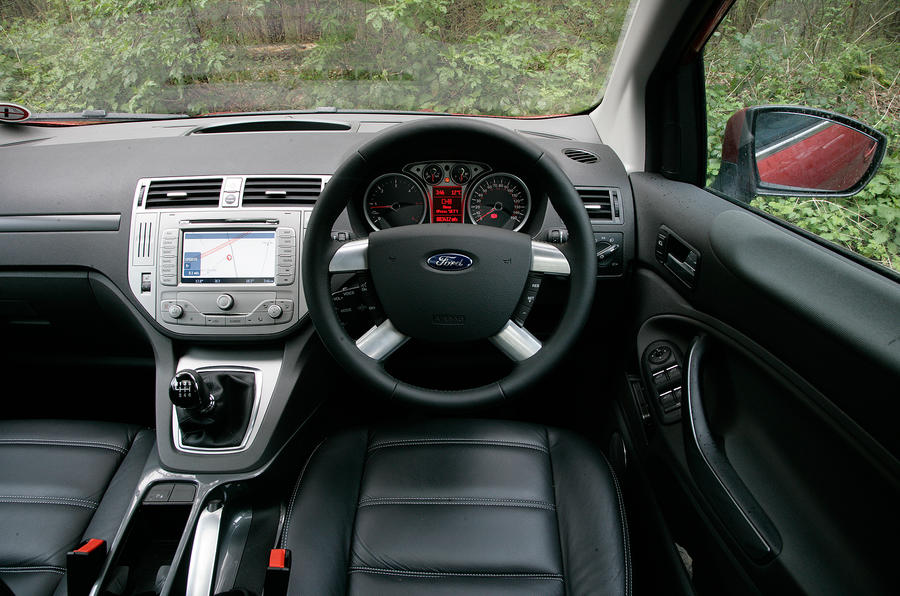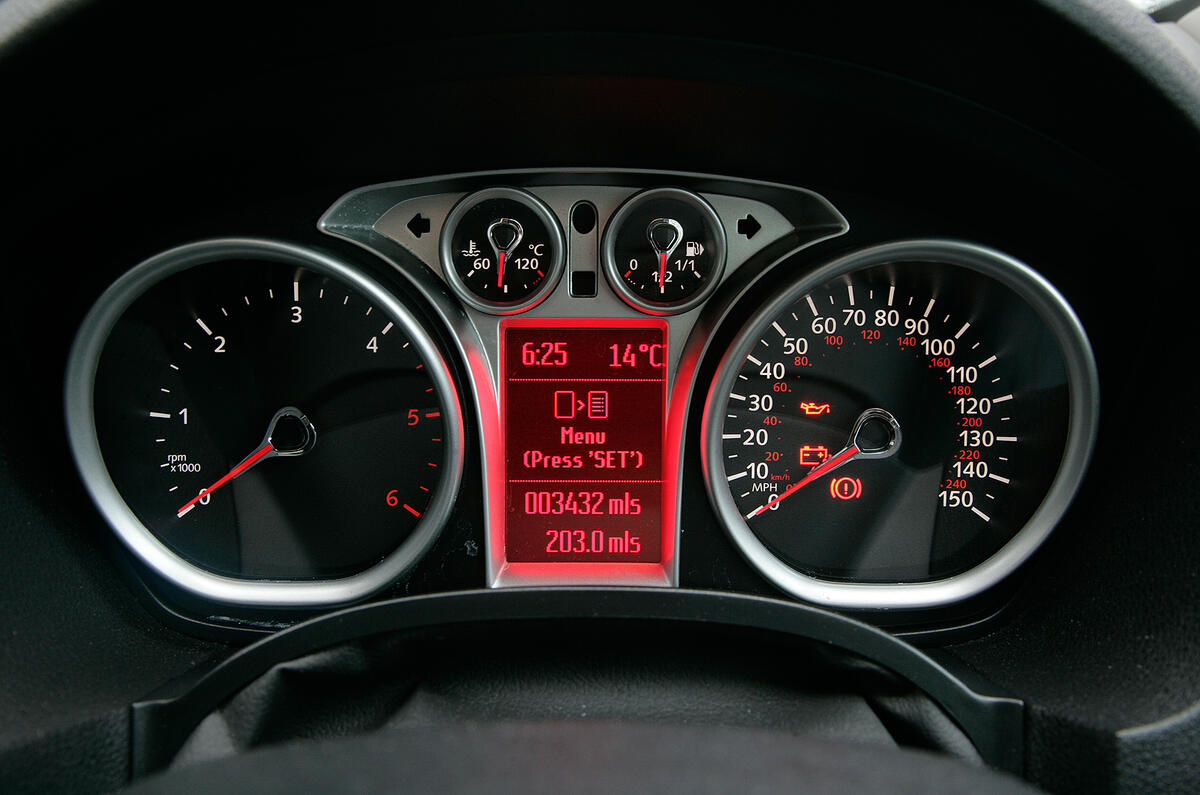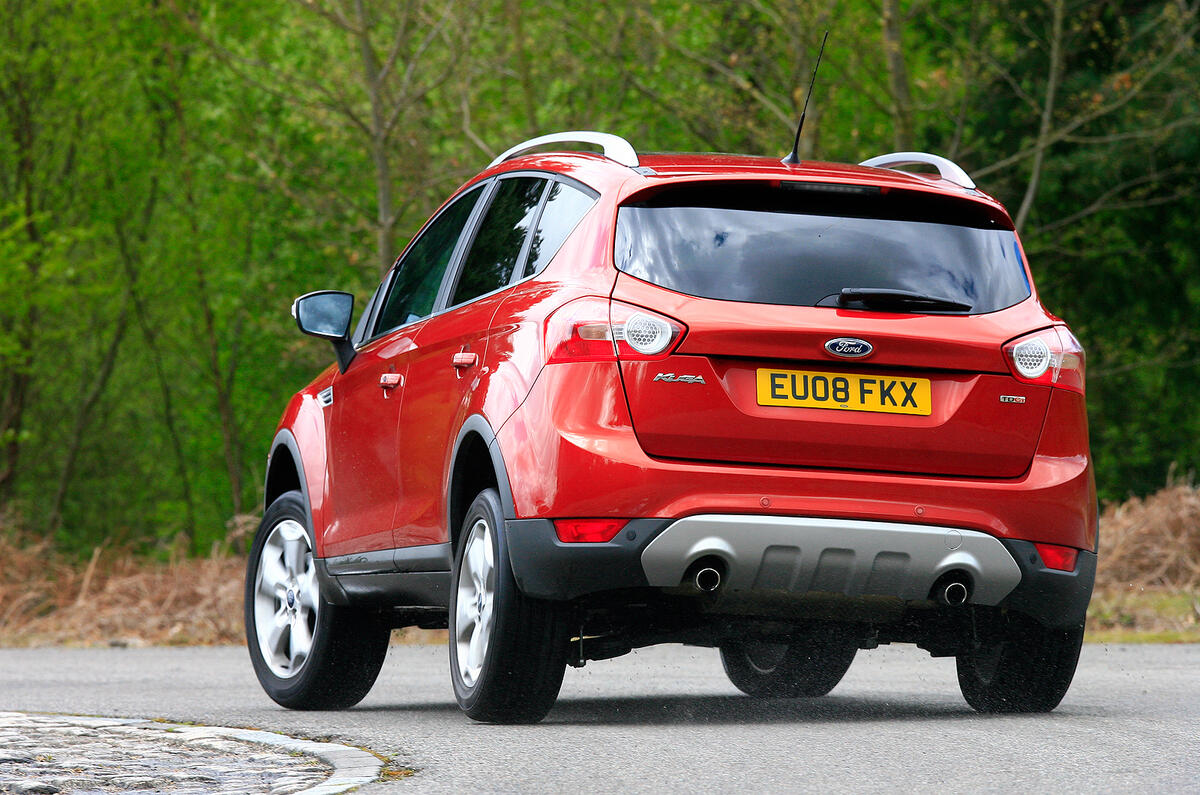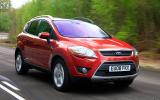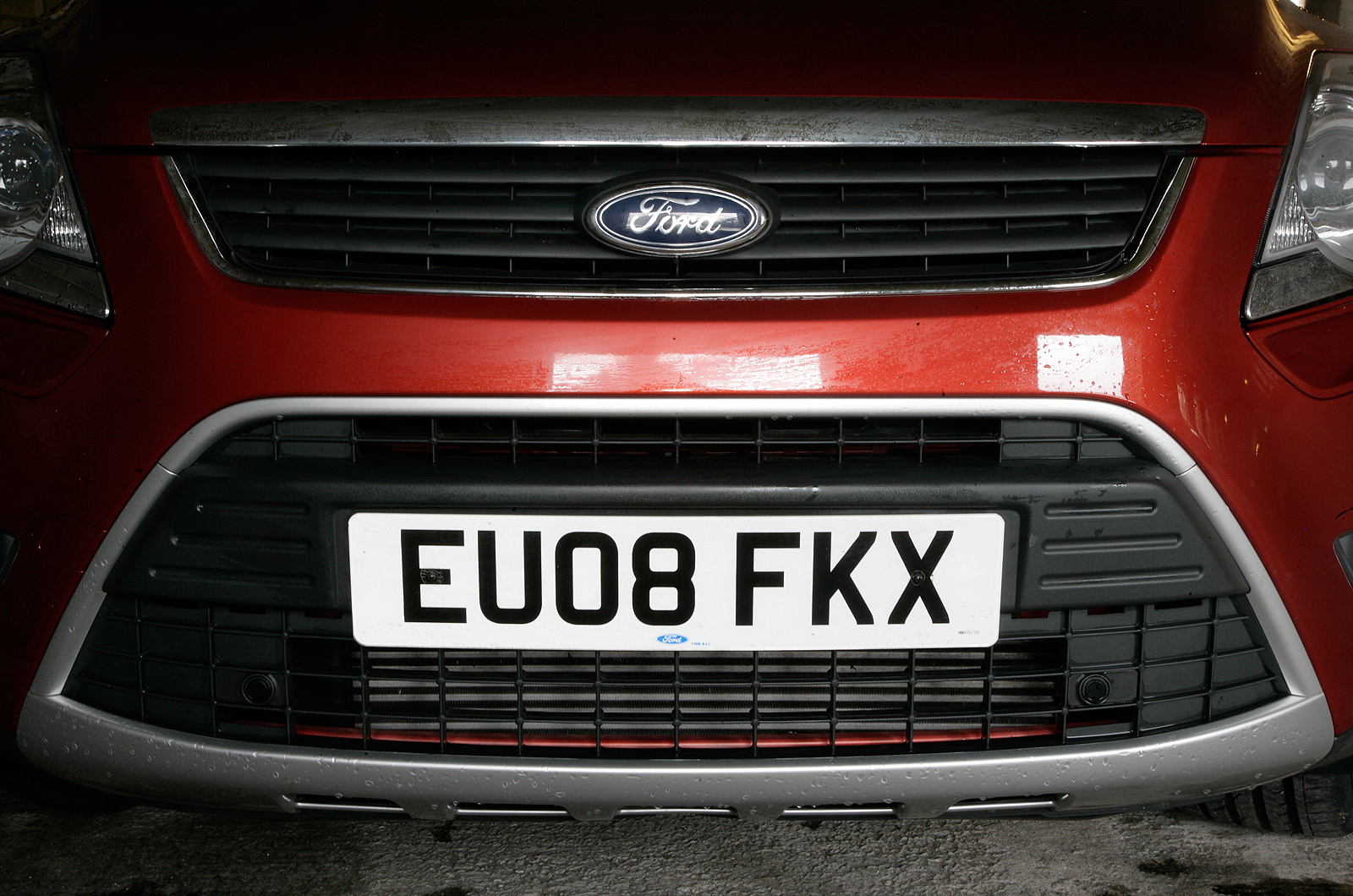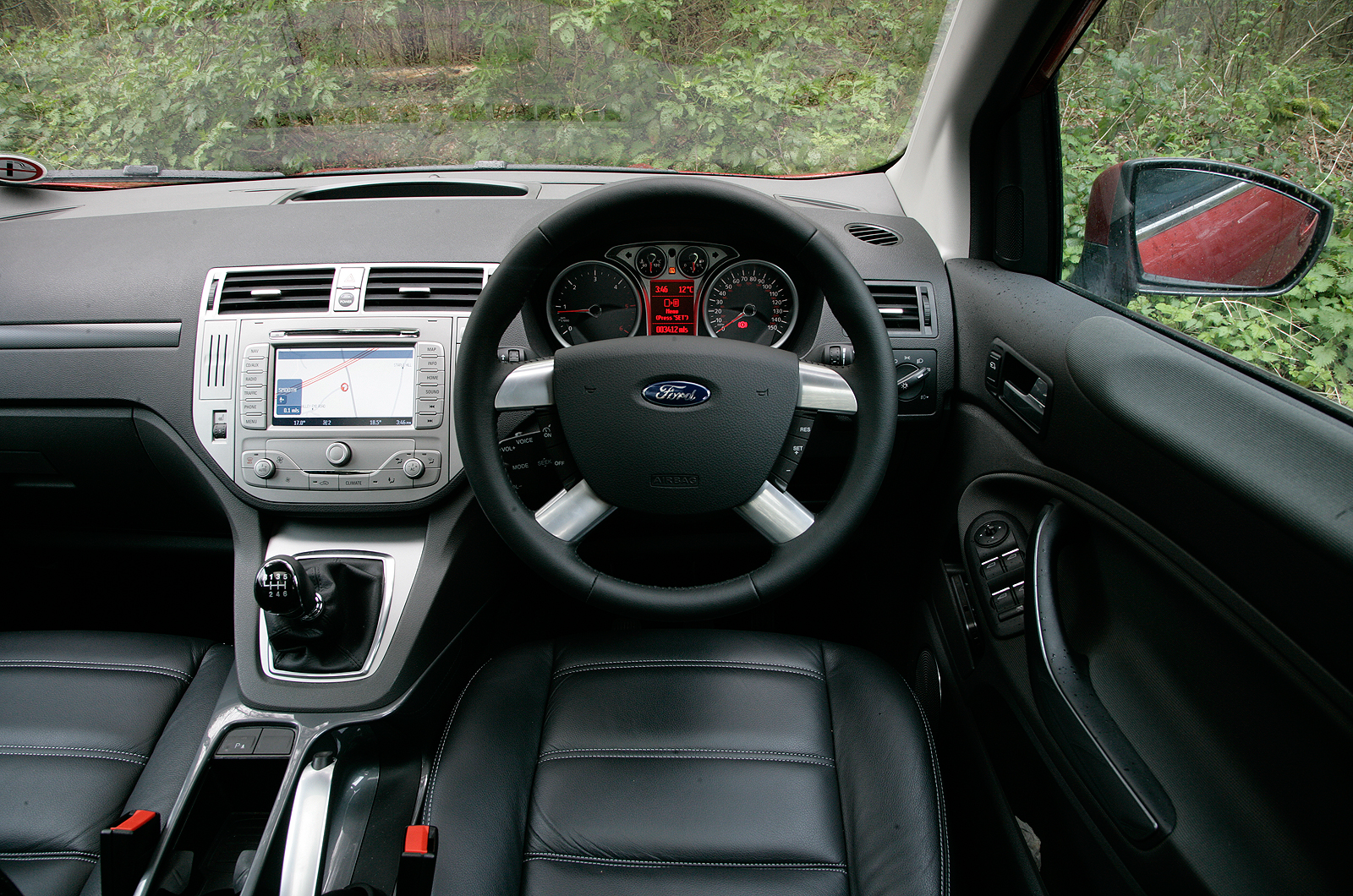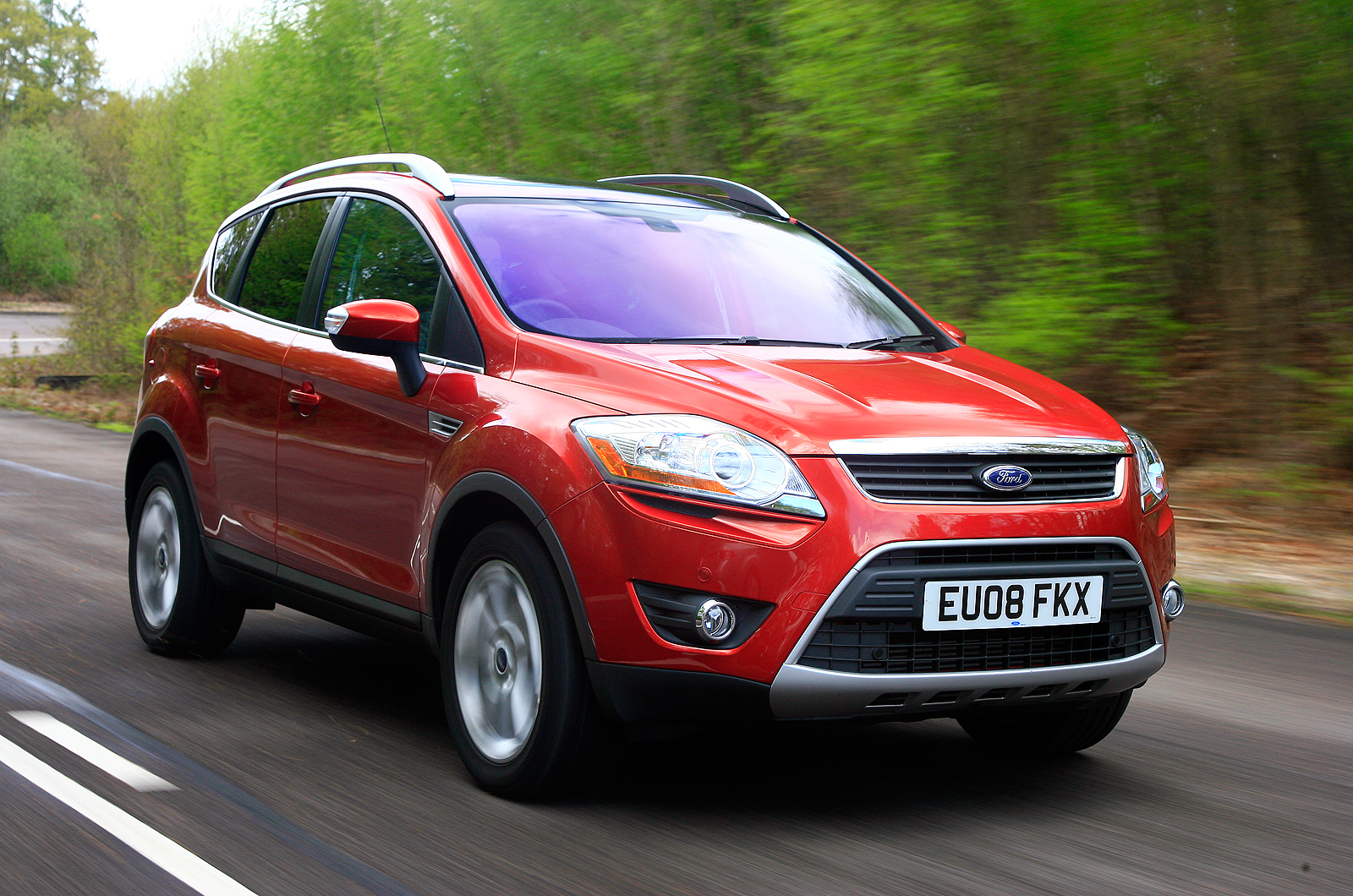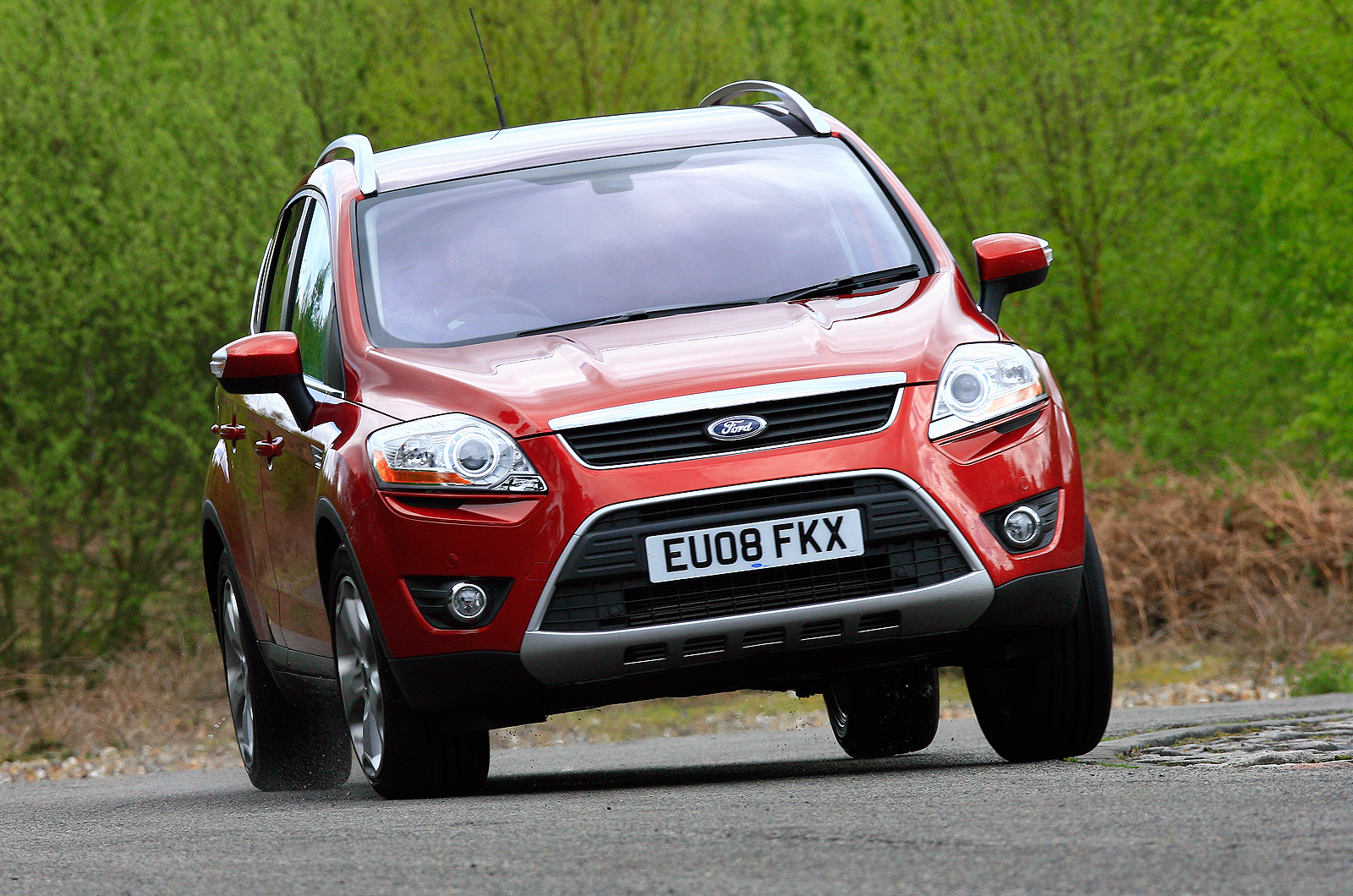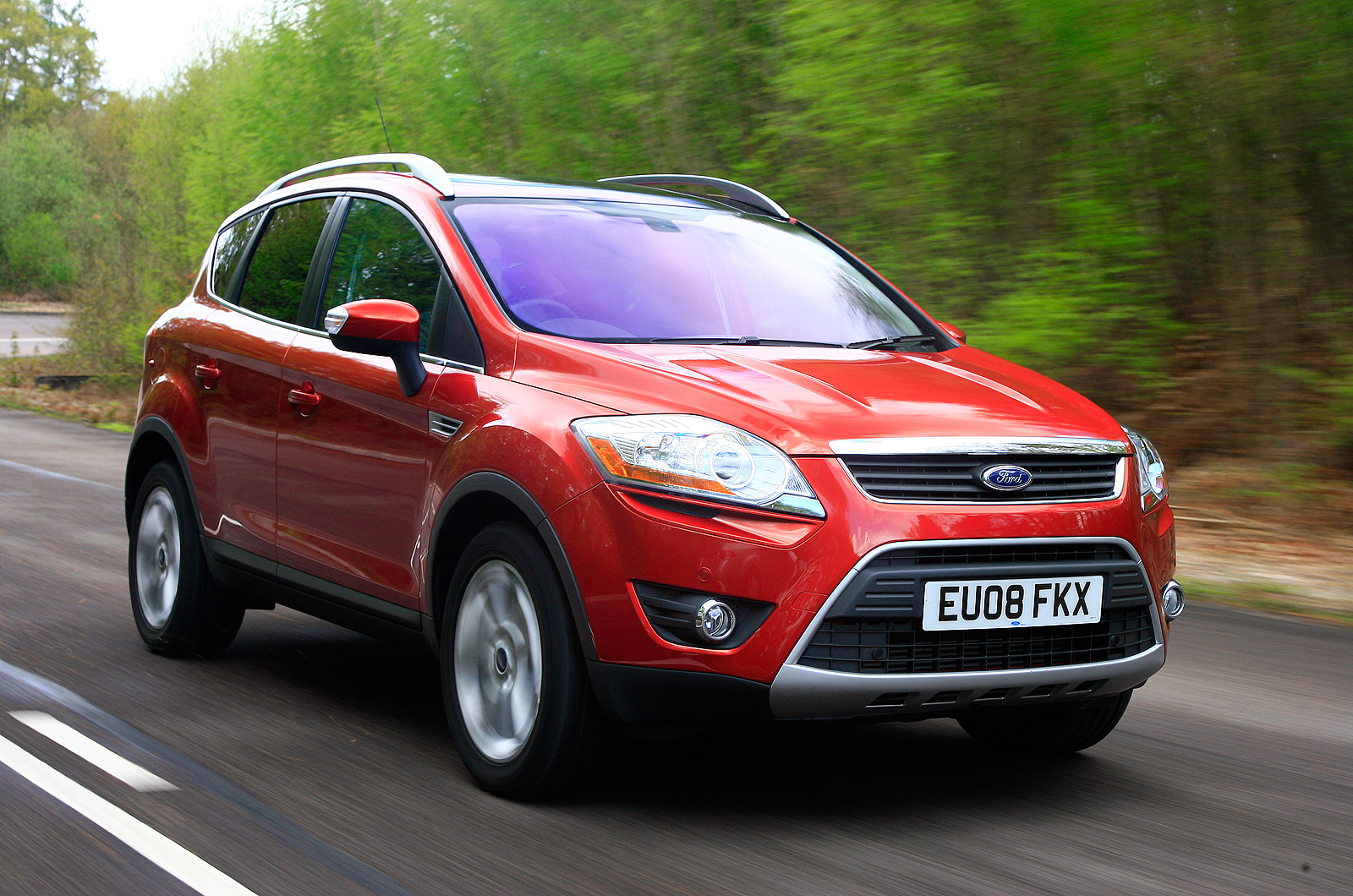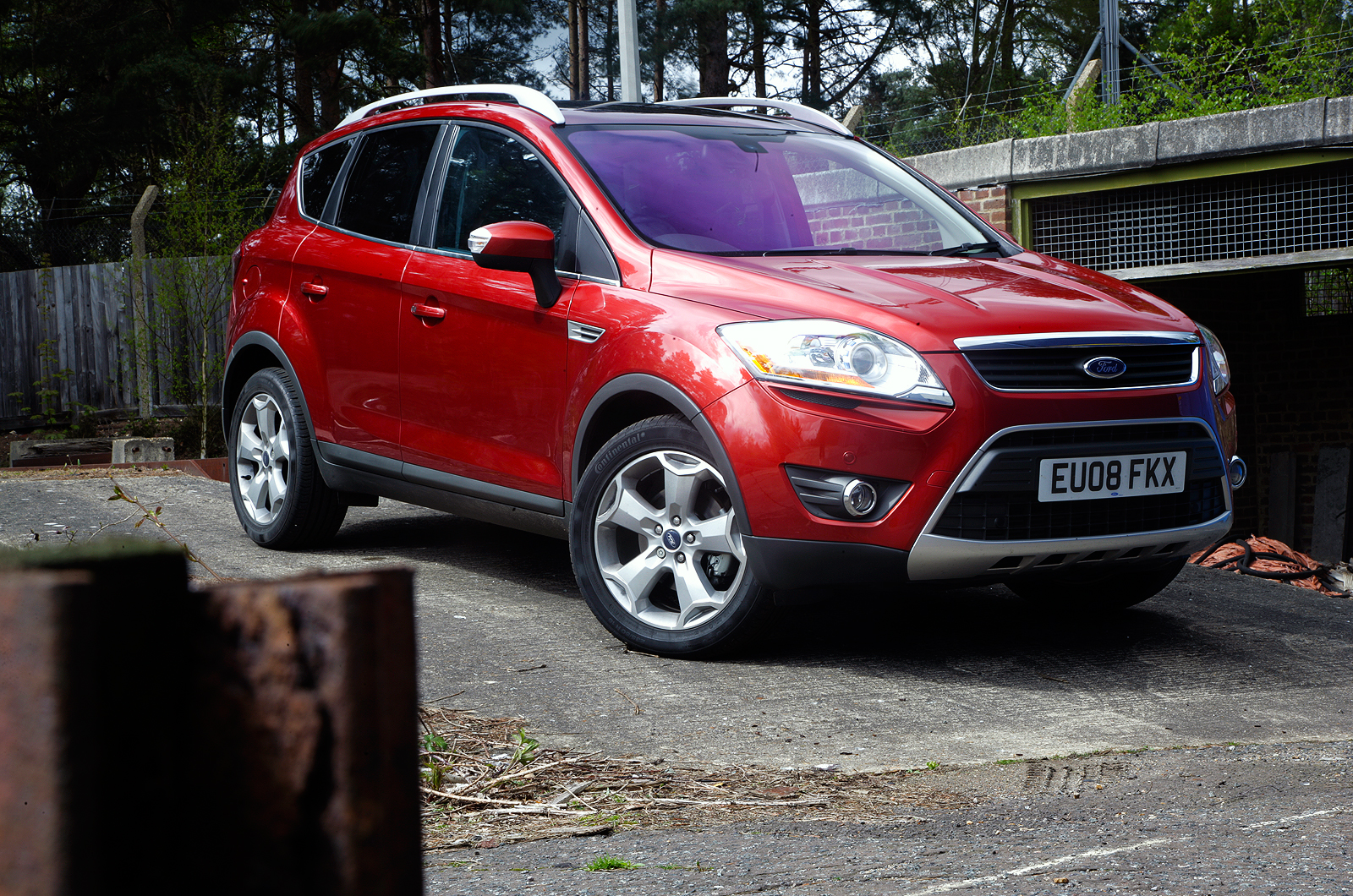The Ford Kuga was born out of the Iosis X concept car, first unveiled at the Paris motor show in 2006. This was a very aggressive and sharply styled piece of work from a team led by Ford design chief Martin Smith. The brand called the Ford Iosis X a ‘crossover’ vehicle and would like to see the same qualities in the Kuga, but, to us at least, it seems hard to separate the concepts of recreational SUVs like the Honda CR-V and Land Rover Freelander 2 with that which inspired the Kuga. So it’s just another soft-roader.
It is a matter of on-going astonishment in the Autocar office that while Ford’s European operation seems unable to produce a car that doesn’t automatically assume a position at or near the top of its class, over in the US its mainstream cars struggle. Happily, the Fords we buy are almost entirely born on this side of the Atlantic, and you have only to look at its most recent efforts to know that Ford could scarcely be more on top of its game.
The Ford Kuga’s positioning within that niche could not be clearer and is to serious off-roading what Celine Dion is to thrash metal. Like its rivals, the Kuga is more about perception and image than harsh reality and like so many of its rivals, the Kuga is available in two- or four-wheel drive, with most sales going to the two-wheel drive model (a clear indication of the usage of these cars).
Engine options include a sole 197bhp 2.5-litre petrol, and 138bhp and 165bhp diesels. The Kuga is available in Zetec and Titanium trims.


